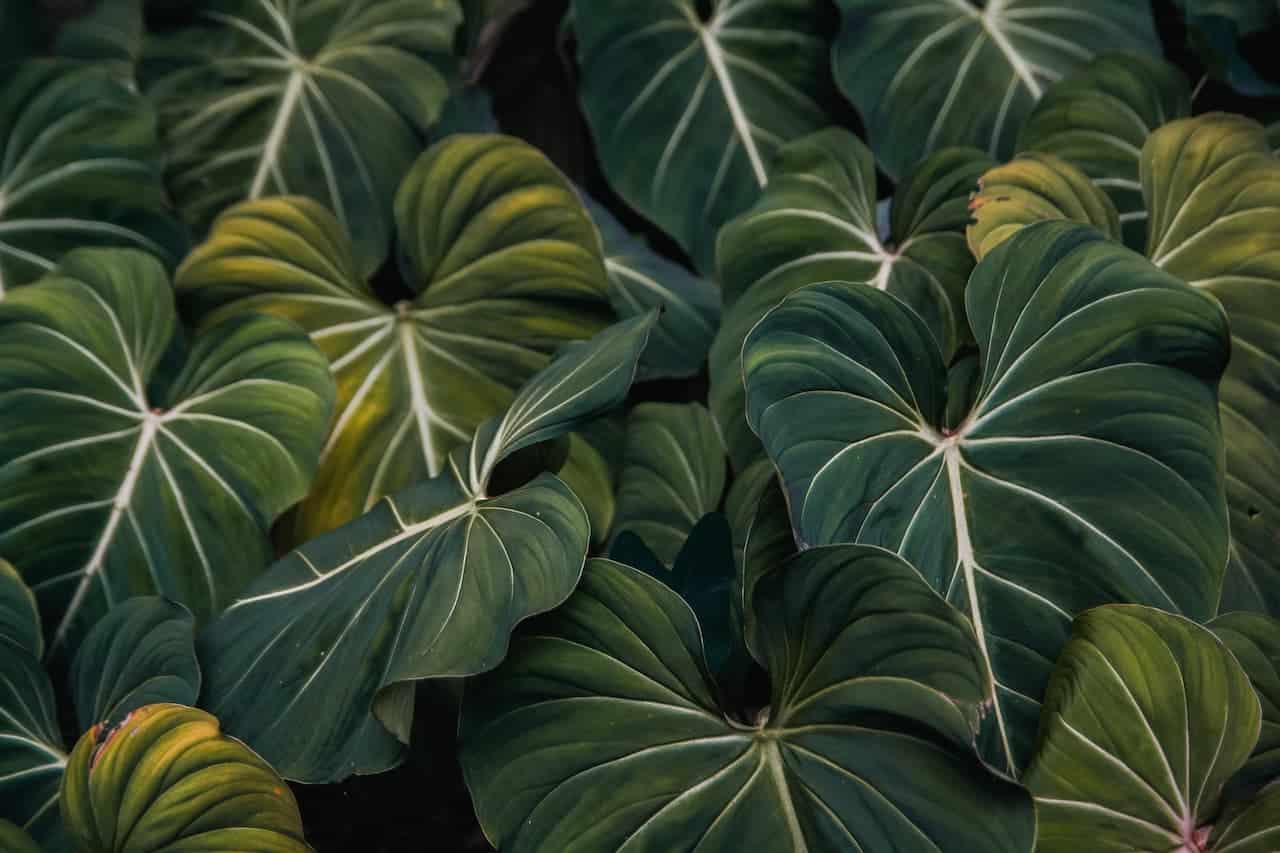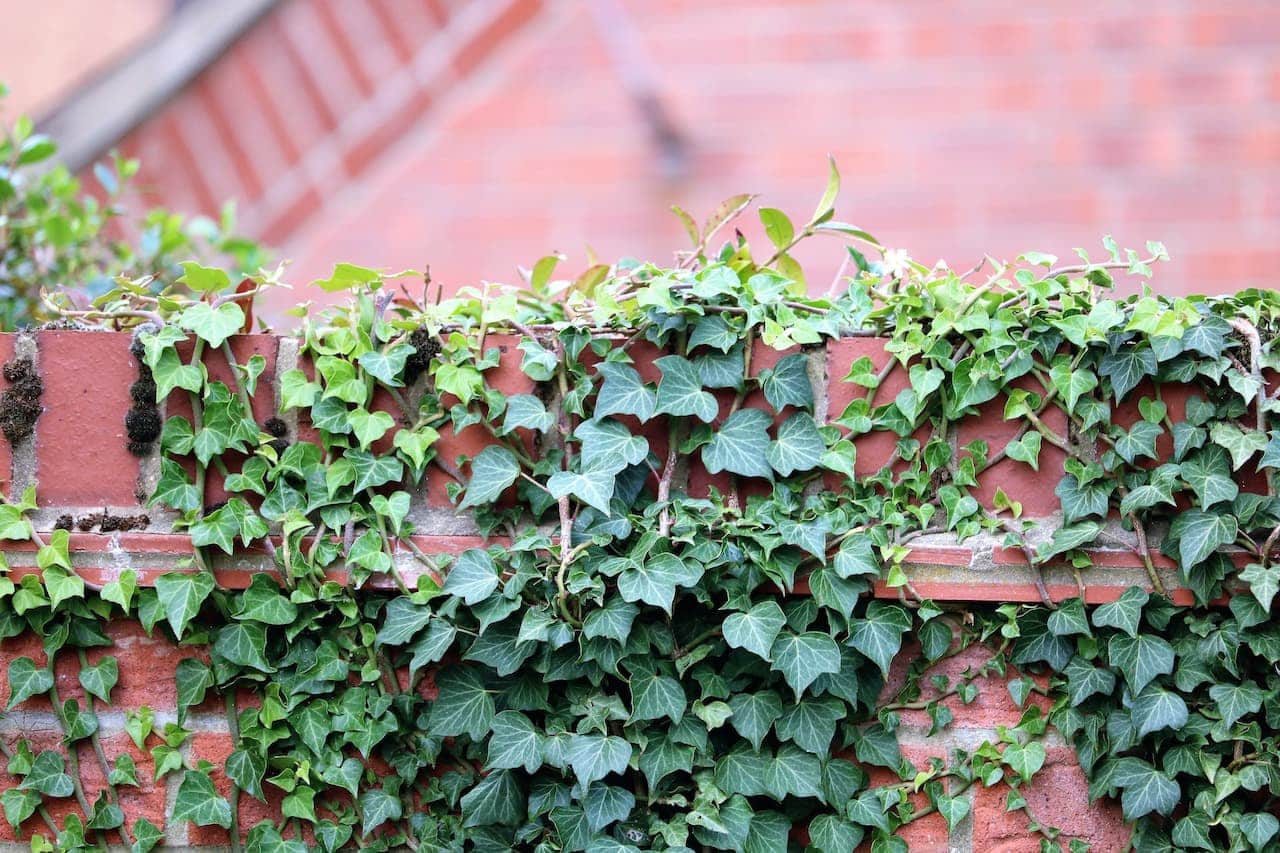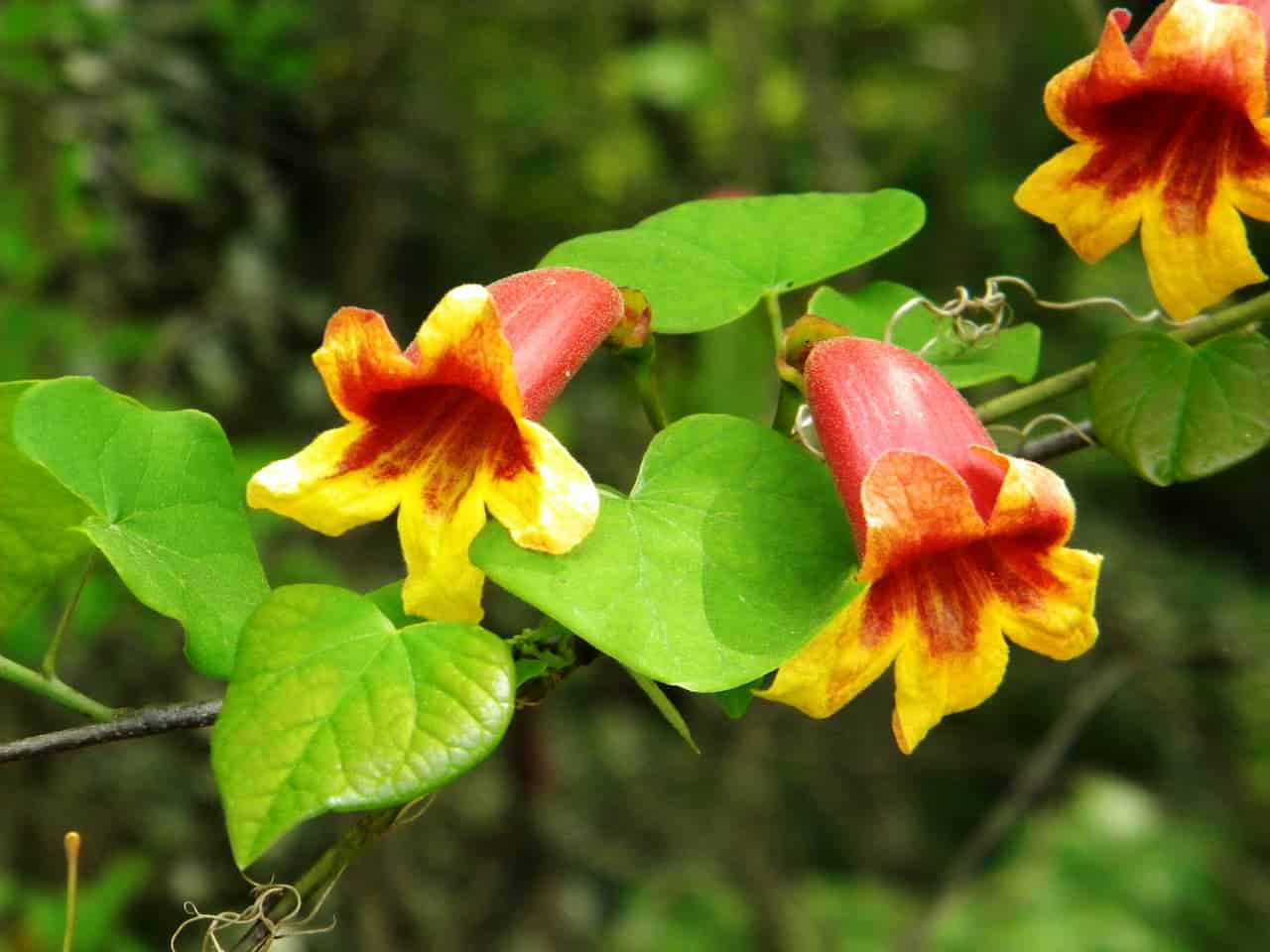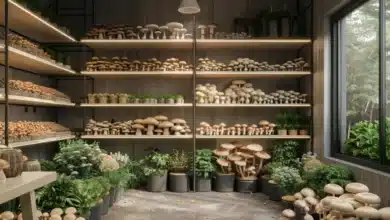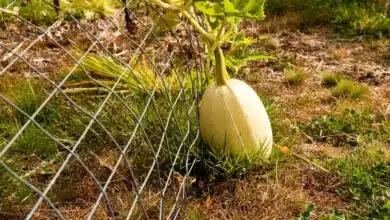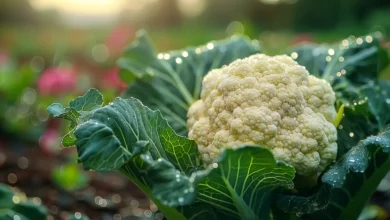Top 10 Large-Leaved Perennials
Adding an architectural giant to any landscape quickly turns it from dull to dynamic, whether you intentionally create a garden with large-leaved perennials or chance across one or more in the nursery that you cannot resist.
The selection of a large-leaved perennial can be challenging, however, because the plant in question will require a big amount of area and attract a lot of attention.
So, it is essential to make an informed decision. In the following selections, you’ll find some of our favorite perennials with big leaves.
African Mask Plant
The African Mask Plant is one of the most eye-catching houseplants you’ll ever see. It is a more compact plant with huge heart-shaped leaves that are dark green in color and have undulating margins. Every waxy leaf has extensive white veining, and the underside has a deep purple color.
Growing an African mask plant indoors can be challenging, but those who are successful are rewarded with a plant that is stunning in appearance if they persevere. It is essential to maintain a humid environment and to keep it out of direct sunshine in order to prevent the leaves from being scorched.
The ideal growing condition for African Mask plants is soil that is consistently slightly damp. Thus, it is absolutely necessary to sow the seeds in a container that has soil that drains effectively.
Rice paper plant
This gorgeous plant was first discovered in Taiwan, and it features the most incredible huge leaves that are formed like fans. On the other hand, it has a high degree of resilience and may even thrive in Melbourne’s subtropical climate.
It will provide a beautiful canopy for plants with a modest growth rate that likes to be in the shade.
This plant does not tolerate strong winds and should be planted in an area that is protected from the elements; yet, it is adaptable and will do well in most soil types.
During the summer and fall months, the Rice Paper plant is covered with beautiful white blossoms. When the plant has completed producing flowers, it should be pruned down to the ground level. If you do this, you will be rewarded with a profusion of new shoots in the spring.
Plantain Lily
Gardeners like this well-known and potent plant, which is often planted for its magnificent leaves rather than its flowers or stems.
The colors of the leaves, which may range from green to blue to vivid yellow, provide a wide range of options for consumers to select from.
The size of their leaves varies as well, with some reaching a length of forty centimeters. Many hostas also produce purple or white blooms in the summer months.
Hostas are exceptionally simple to cultivate, have magnificent foliage from spring through fall, and, with proper attention, may live for many years if given the opportunity.
Hostas prefer to be planted in the shadow, so select a location that is shady and plant them either in the spring or the fall in soil that is somewhat damp.
After they are established, hostas require relatively little care; however, once they are established, the soil should be kept ever so slightly wet, and they may need supplemental watering during dry spells.
The most important fact to keep in mind is that slugs are completely helpless against hostas. Because of this, you should be ready to do some study on how to defend your plants and ward off the slugs that are attacking them.
Birds of Paradise
One of the most appreciated indoor plants with huge leaves is the bird of paradise. It is a tropical plant that, when mature, has stunning orange and blue blooms that, when viewed from above, are like birds flapping their feathered wings.
These blossoms will only appear on the plant if it is exposed to direct sunlight for an extended period of time and always appear on the plant’s periphery.
The Bird of Paradise plant has enormous, emerald-green leaves that may grow to be up to 18 inches long and can be up to 6 inches broad.
The leaves are substantial, and they radiate forth from the center stem in overlapping layers. This houseplant will add one new leaf to its crown approximately once a month on average.
In order to successfully cultivate a bird of paradise inside, you will need to give rich, acidic, and well-drained soil, in addition to a pot that is of an appropriate size.
Crimson Glory vine
The decorative grape known as the crimson glory vine has huge leaves that have five lobes and can reach a maximum length of 30 centimeters.
Not only will this magnificent vine bring some refreshing foliage to your yard during the hot summer months, but in the fall, when the leaves turn a gorgeous crimson color, you will be very pleased.
Because it is a deciduous plant, its magnificent leaves will fall off in the late autumn. Because of this trait, planting it over a pergola, where you want the winter sun to flow through, is an excellent idea. Throughout the winter, when the vine is dormant, you should give it a good pruning.
Elephant Ear / Taro
This exotic beauty has enormous leaves that are shaped like hearts and are a dark green color. There are many reasons to add them to your garden since they are unusual plants.
They work well either as a ground cover or as a background for other plants, providing a beautiful texture and visual interest.
They are also excellent candidates for use as edging plants for ponds or for lining the perimeter of your patio.
Elephant ear plants are easy to cultivate and once established, require very little upkeep.
When planting tubers in the garden, wait until the danger of frost has passed before doing so. Bulbs should be put in soil that is rich and wet and should be exposed to some sunlight.
We suggest that you water your plants more often during dry times, and you might also want to consider applying some fertilizer.
Elephant ears will not have a chance against cold conditions thus if you reside in a location that sees hard winters, you should gently dig the plant up and overwinter it indoors.
Caladium
A caladium is an indoor plant that has enormous leaves and may impart a wonderful splash of color into whatever space it is placed in.
They have enormous leaves that are fashioned like arrowheads and come in a variety of hues, with pink, white, red, and green being the most common.
It appears as though each leaf was painstakingly hand-painted since there is an explosion of color throughout each one. The majority of its leaves have crimson patterns that vary in intensity.
In order to thrive, caladium calls for high humidity and consistent temperatures. You need to move it far away from any windows, vents, or air conditioning systems that have a draught.
They are most likely to thrive in an environment with an average temperature of at least 185 degrees Fahrenheit. Providing a caladium with the circumstances it needs to grow, such as placing it in a sunroom or bathroom, can be an excellent method to care for the plant.
If you are having trouble providing the humidity that your caladium requires, you might want to attempt spraying it once every few days.
Angels Trumpet
This plant, which is also known as Brugmansia, is an excellent selection for the huge jungle-themed garden of any home or other property.
The Angel’s Trumpet plant has beautiful leaves and creates a tropical spectacle with its spectacular, fragrant, trumpet-shaped blooms that bloom from summer to fall. These blossoms can last for several months.
Brugmansias need to be planted one at a time in separate containers, then transferred to a warm, sheltered location with some light shade.
These plants do not like it when it is dry, so make sure to give them enough of water and fertilizer during the summer.
Because of how poorly they can withstand the cold, we strongly advise that you bring them inside during the winter months so that they can stay warm.
Because the Angel’s Trumpet tends to attract people’s attention, you should make sure it is displayed in a prominent location so that everyone may appreciate its amazing beauty and elegance.
Bear’s breeches
Bear’s breeches is a plant that is well known for its robust, almost thistle-like leaf. It is unrivaled when it comes to its ability to create a powerful architectural presence.
Although if the majority of plants marketed as Acanthus spinosus at garden centers are really hybrids, this does not make any of them any less appealing because bear’s breeches are an investment that will yield a return.
The leathery leaves may grow to be as long as two feet and as broad as eighteen inches, and they include deeply split lobes that are either weakly or densely spun at the ends.
Adequate drainage is crucial; bear breeches despise thick clay soils that keep cold and damp, especially during winter. Even in the South, where other species have a tendency to wither in the heat, this plant thrives with at least half a day of direct sunlight. It is the Acanthus species that can tolerate the sun the best.
Early to midsummer is when the hooded blooms of white and dark purple appear on spires that reach a height of three feet.
Fiddle Leaf Fig
If adding to your collection of large-leaved houseplants is on your to-do list, the ever-popular Fiddle Leaf Fig is a safe bet that won’t let you down. The leaves of this tree are green and waxy, and they have a form that resembles a violin.
Fiddle leaf fig trees are infamous for their unpredictability and demand a steady touch from someone who is both patient and knowledgeable.
They flourish well in warm environments with high levels of humidity and have their origins in tropical rainforests. It might be tough for ordinary plant owners to achieve in their house.
The darkening of leaves and loss of leaves are two issues that frequently arise for owners of fiddle-leaf fig trees as a result of bad environmental conditions.
It is in your best interest to keep them away from vents and air conditioning systems in order to protect them from being exposed to a wide range of temperature swings.
In order to maintain a healthy plant, fiddle leaf fig trees growing inside a container need to have periodic trimming performed on them. They also require soil that is nutrient-dense and has drained soil.
Conclusion
Large-leafed houseplants are a stunning way to bring vitality and sophistication into any environment. In order to find out which plants are ideal for your location and conditions, consulting a nursery professional is highly suggested.
You can give any of these beautiful houseplants the care they require to flourish with a little time, effort, and research.

